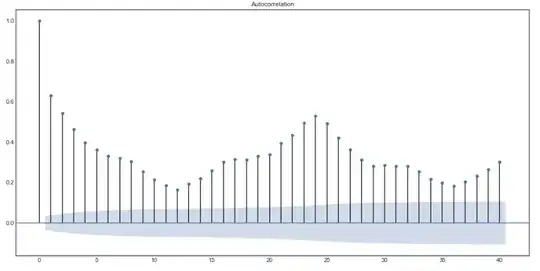The classifier would not necessarily be a logistic regression(it would be an SVM or some other classifiers), but it would be simpler to illustrate the issue using just logistic regression.
What is the output should I look at?
I thought you mean logistic regression. The output would just be a float between 0 to 1 or two floats complementing each other(we use this type here, but they are equivalent) and adding up to 1. You can refer to this answer. You can see from the picture below that the blue and red nodes form a binomial logistic regression model.
Is that mean if I input a picture (either Cat and Dog), I can know the picture (is cat or is a dog) by looking at the output?
Yes. The CNN or any other encoders is just for extracting features. The last layer of a CNN is just like the input of the logistic regression.
The fully connected layer depicted below is what I mean the last layer of the CNN, and the output as depicted is what you want. In your case, there would be just 2 floats(each red node is a float number). Each red node stands for a class and they add up to 1 and you choose the one with the biggest number. In your case, if 0 indexed node represents cats and 1 indexed node represents dogs(you train it to do that with such labels) and node 1 is bigger than node 0(in the inference mode) we can say that the input of the model would be a dog.

A simple and typical CNN binary classifier.
Hope this removes your doubts.
